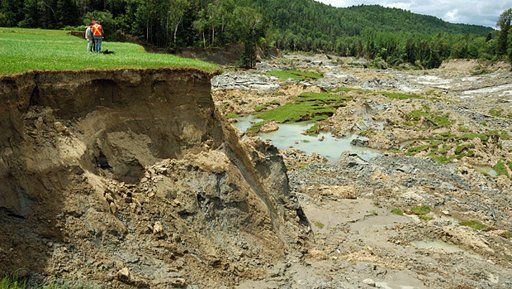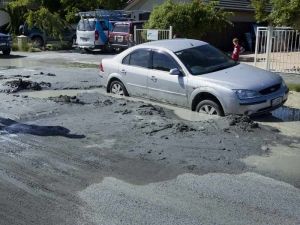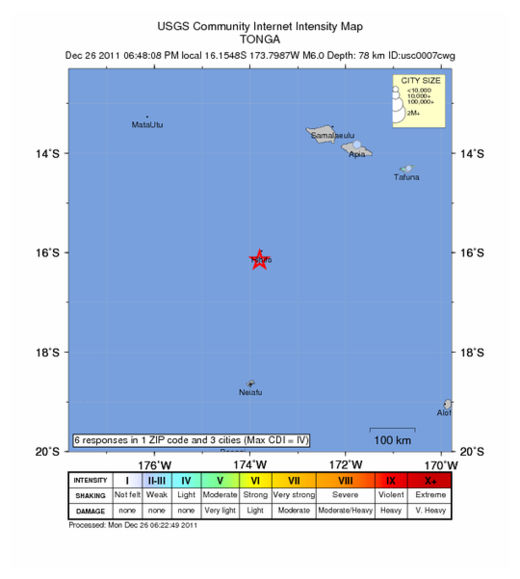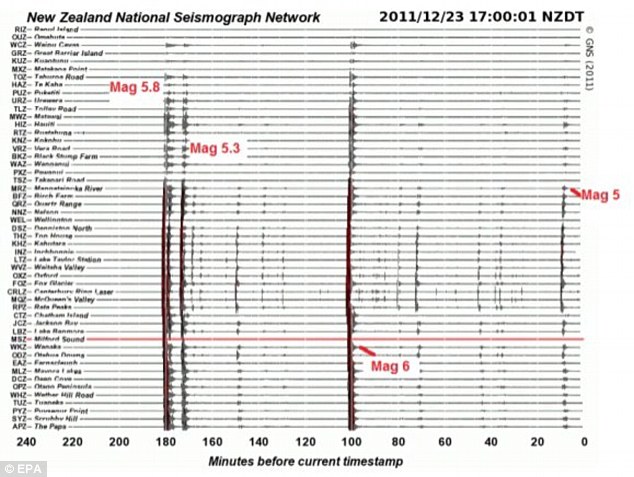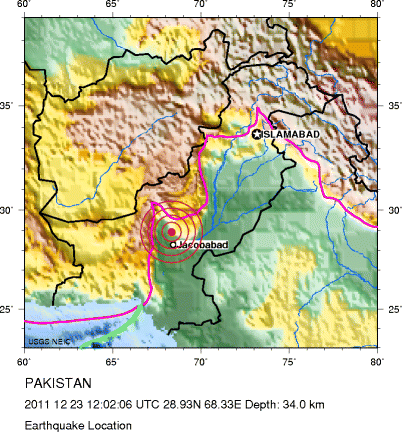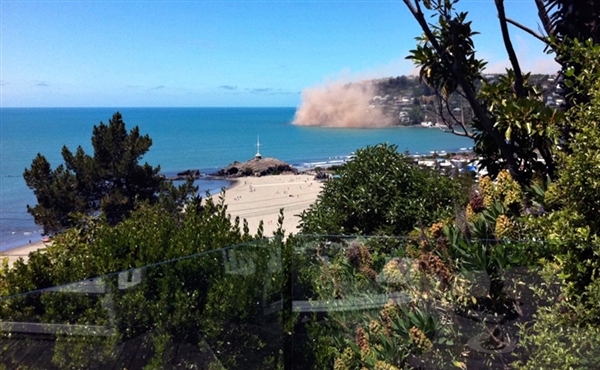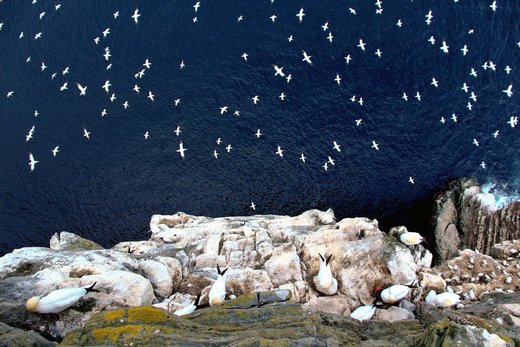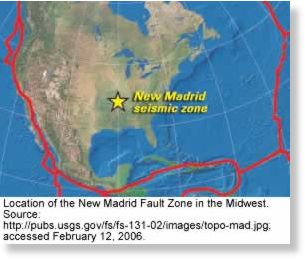
© Unknown
The United States was still a young nation when three major earthquakes rocked the central Mississippi River valley in the winter of 1811-1812.
Chimneys fell, the earth heaved and church bells rang hundreds of miles away, set off by the powerful vibrations from what is now called the New Madrid Seismic Zone. As farmland rolled and shuddered, the shock waves spread as far as New York and the Carolinas.
Now on the 200th anniversary of those devastating quakes, some seismologists are warning that the region should be on guard because of the risk that another "Big One" could strike the region within the next 50 years.
"There have been past big earthquakes, there will be future big earthquakes," said California-based seismologist Mary Lou Zoback, who released a report Dec. 7 on the "seismic hazard" inherent in the New Madrid fault. "It's a reminder that we need to keep this in mind and do what we can to prepare."
The quakes on Dec. 16, 1811, and Jan. 23 and Feb. 7 of 1812 were among the strongest in U.S. history. Their magnitudes have been estimated to have ranged from 7.7 to 8.1, though some seismologists have suggested the magnitudes should be lower, closer to the 7 to 7.6 range.
They centered around the New Madrid Seismic Zone, a 150-mile stretch of land between Memphis and St. Louis that crosses parts of Arkansas, Illinois, Indiana, Kentucky, Missouri and Tennessee. The zone produced major earthquakes dating to around 1450 A.D., 900 A.D., 300 A.D. and even further back.
